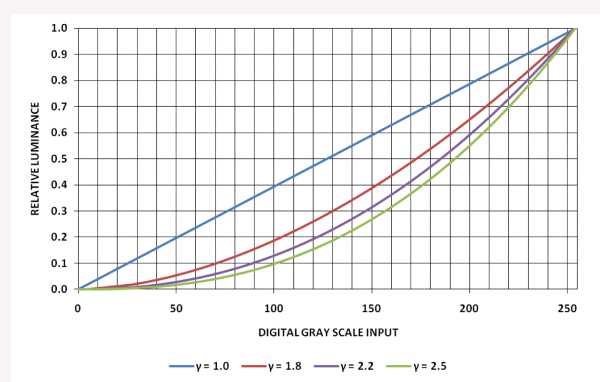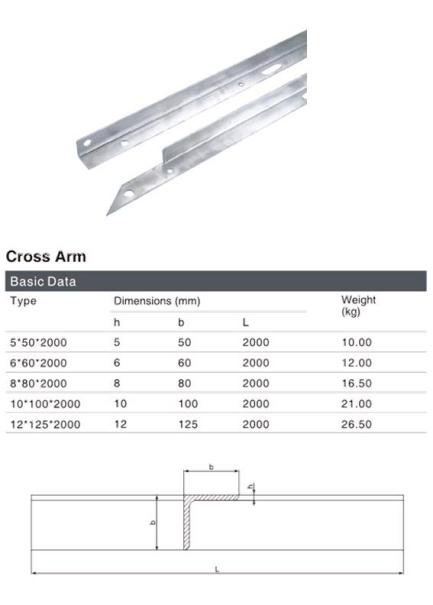Although TV manufacturers generally do not use "gamma" itself as a selling point, this term has existed since the era of cathode ray tube (CRT) television and is still an important behind-the-scenes feature of TFT-LCD.
As far as modern LCD TVs are concerned, gamma technology has brought clarity to a newer level. Every LCD TV manufacturer must value gamma at some point in the development process. Otherwise, they can have the absolute best display technology in the world, but no one buys their display because they cannot accurately reconstruct the image. The "inaccurate" mentioned here refers to the color expression and light intensity, which is far from the level that the accurate restoration / reconstruction source image should have.
So, what is this mysterious so-called "gamma" in TV? It is not the same thing as the high-energy "gamma radiation" associated with many radioactive decay. First, we briefly discuss the meaning of gamma in the CRT TV system. Then, explain how it is converted to a TFT-LCD TV system, and why we should or need to understand this technology.
Gamma and CRT TV
When the CRT TV is working, the phosphor coating on the screen is bombarded with an electron beam. By corresponding electron beam scanning, bombarding these phosphors can "draw" the image on the screen. The relationship between the control voltage applied by the electron gun and the light intensity generated by the screen is non-linear in nature and approximates the first-order power-law equation (expressed as Y (x) = xa), which is called the CRT gamma response.
The human eye has an instinctive non-linear sensitivity (light perception) to light intensity, that is, "brightness". The eye is most sensitive to changes in lightness at lower gray levels (darker). This natural response of the eye is very similar to the intrinsic response of CRT. This is an unexpected but very useful side effect. A single correction to the source data can compensate for non-linearity in the system, allowing the eyes to experience consistent brightness changes.
The source data encoding method must consider the CRT response and the known brightness response of the eye. The camera performs gamma correction according to the red, green, and blue color components (RGB) of the video signal. The video needs to be encoded in the same way that the camera system reads the brightness changes similar to the human eye. Since the CRT response is the opposite, the perception of light intensity is linear. Gamma correction also has other advantages, such as reducing the noise of the video signal and improving the effective resolution of the low level (these two factors are related to the consistency of the generated effect).
In the power-law equation, for a given system, the brightness (simple) is equal to the applied electron gun voltage increased to a certain power. This power is the gamma coefficient (γ), and this formula approximately defines the overall transfer function of the CRT. In general, the typical CRT gamma should be 2.2 to 2.5. The higher the gamma coefficient, the greater the contrast of the image, and it increases the depth of the dark part (because the low-level resolution increases). The smaller the gamma system, the image will appear blurry or monotonous (because the low-level resolution drops).
A system with a gamma response of 1.0 is considered linear, but it is not always advantageous from various reasons. The most important thing is that you cannot restore gamma-corrected images with correct color and contrast.
In short, the gamma correction performs the necessary compensation for the system's gamma response to ensure (at least close to) that the brightness of the camera is the same as the CRT TV display, so that the eye can see the correct image effect, Figure 1.

Figure 1: Basic gamma correction and gamma response curve. (Relative brightness, input level, gamma correction, CTR gamma response)
Gamma and TFT-LCD TV
In addition to being able to display video images, TFT-LCD and CRT have basically nothing in common. The most notable feature is that the LCD does not use an electron gun and phosphor to generate brightness. Instead, voltage-controlled pixels are used to control the light passing through the pixels. Such a light source is used for backlighting, and is generally a cold cathode fluorescent lamp (CCFL) or a light emitting diode (LED) array. In short, the voltage transfer (V / T) curve defines the input response of the display and the brightness it generates.
Although different from CRT, TFT-LCD also uses "gamma", but this term must be redefined slightly. In order for the LCD to illuminate the pixels, the liquid crystal (LC) pixel unit needs an applied voltage to enable it to transmit light and display the brightness on the screen (note that the "light source" is the backlight of the LCD display, generally CCFL or LED).
The analog voltage applied to the pixels is determined by a digital-to-analog converter, which generates digital codes based on the incoming image / video data (speaking of TV video content, gamma coding has been available since the CRT TV era). The relationship between the applied voltage and the transfer (V / T transfer function) is the TFT-LCD gamma response, which is inherently nonlinear, which is determined by the nature of the LC cell's transfer capability. However, this response is not necessarily the required nonlinear response that we see in CRT TVs.
Therefore, LCD TV gamma often needs to simulate the CRT gamma response very closely. The main reasons are as follows: first, historical reasons, because all the original videos are gamma corrected by CRT. Second, it uses the instinctive response of the human eye (brightness). Of course, the inherent gamma response of LCDs is not all the same, and there will be great changes with the display technology and manufacturers. The gamma response of the display can be changed by the manufacturer. They can choose a specific gamma response based on the visual performance required by the final system, Figure 2.

Cross arms are a kind of angle iron fixed on the telegraph pole,it is a important part for pole the tower, it is used to install insulators and power fittings in order to supporting the wire and lightning conductors, whichsteel Cross Arm make them keep safe distance between them each other by rule. Cross arm is generally installed at 300mm from the top of the pole, and the Insulation Cross Arm should be installed on the receiving side, while the cross arm on the corner pole, the terminal pole and the branch pole should be installed on the guy wire side.
Parameters

We warmly welcome friends both domestic and abroad to visit our company, if you have any questions, please contact with us directly.
Cross Arm
Crossed Arms,Steel Cross Arm,Insulation Cross Arm,Cross Arm
FUZHOU SINGREE IMP.& EXP.CO.,LTD. , https://www.cninsulators.com